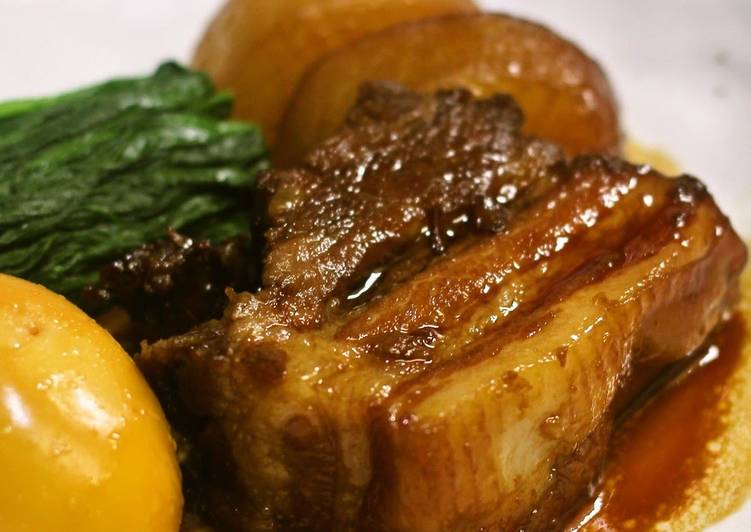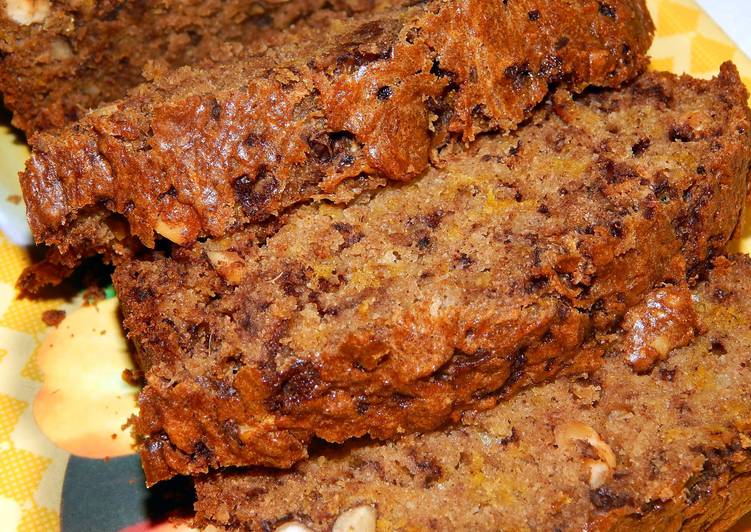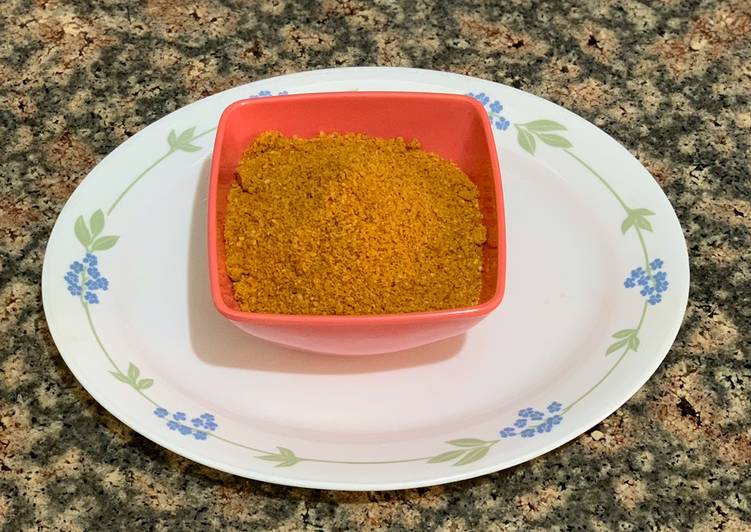
Hey everyone, it’s John, welcome to our recipe page. Today, we’re going to make a distinctive dish, simmered pork belly. One of my favorites food recipes. This time, I’m gonna make it a little bit unique. This will be really delicious.
If you love pork, you must try this kakuni (角煮, simmered pork belly). The pork is cooked slowly so it is tender and it has a lovely sweet soy sauce flavour, but it does not over power the flavour of pork. A recipe showing how I make my favorite Japanese recipe, kakuni!
Simmered Pork Belly is one of the most popular of recent trending meals on earth. It is simple, it is fast, it tastes delicious. It’s appreciated by millions daily. They are nice and they look fantastic. Simmered Pork Belly is something that I have loved my whole life.
To get started with this recipe, we have to prepare a few components. You can have simmered pork belly using 15 ingredients and 9 steps. Here is how you can achieve it.
The ingredients needed to make Simmered Pork Belly:
- Get 1 kg Pork belly block
- Take 5 Boiled eggs
- Prepare 2/3 Daikon radish
- Get 1 bag Spinach
- Make ready 1 Japanese mustard
- Prepare Pork Belly Simmering Sauce
- Prepare 120 ml Soy sauce
- Make ready 150 ml Sake
- Get 100 ml Mirin
- Make ready 40 ml Sugar
- Get For Parboiling the Pork:
- Get 1 The rinsing water from rinsing rice
- Make ready 1 tbsp If using water, some rice (or rice bran)
- Make ready 2 stalks worth The green part of a Japanese leek
- Take 3 to 4 slices Sliced ginger
Kikkoman Cookbook mainly introduces Japanese dishes using Kikkoman Soy Sauce. Pork belly is a popular cut of meat treasured by many great cuisines around the world. Containing a high percentage of fat, it needs to be cooked in a particular way in order to reduce its greasy taste. Pork belly is the cut where bacon originates and is quite heavy in fat.
Steps to make Simmered Pork Belly:
- Make the simmering sauce. Put the sake and mirin in a pan, and bring to a boil. Cook until the alcohol has evaporated, add the sugar and soy sauce, and the sauce is done.
- Put a generous amount of oil into a frying pan, and shallow fry the pork belly block.
- Put the shallow fried pork belly block and all the parboiling ingredients into a pressure cooker and heat. When it comes to a boil, skim off the scum, lock on the lid and cook under pressure for 20 minutes.
- After 20 minutes, turn the heat off and leave until the pressure comes down naturally, and to continue to cook the pork with residual heat.
- When the pressure has come down and the cooker has cooled down, take the meat out and rinse it quickly. Cut into 5 pieces.
- Wash out the pressure cooker. Add back the pork belly, plus peeled and sliced daikon radish as well as the simmering sauce from Step 1. Heat the cooker to bring it up to pressure, and cook under pressure for 15 minutes.
- De-pressurize the cooker and open the lid. Push the daikon radish to the side, add the boiled eggs and place a piece of paper towel on top of the contents of the cooker to act as a drop lid (otoshibuta).
- Simmer to reduce for about 10 minutes, while pouring the sauce over the meat occasionally.
- Serve on a plate with boiled spinach. Spoon over some of the sauce with Japanese mustard on the side.
But the extended time that this Japanese-style braised pork belly is simmered with ginger and scallions reduces the fat in the. Place the pork into a pan, covered with water. Vind stockafbeeldingen in HD voor Chinese Food Simmered Pork Belly Rice en miljoenen andere rechtenvrije stockfoto's, illustraties en vectoren in de Shutterstock-collectie. Once the pork-belly has been par-boiled, you want to rinse off any coagulated proteins on the exterior of the pork that may lend an off flavor to the finished Kakuni. Braise pork belly (Dong Po Rou) is surprisingly simple to prepare because it only involves six Use low heat to simmer on.
So that is going to wrap this up for this special food simmered pork belly recipe. Thank you very much for reading. I am sure that you will make this at home. There’s gonna be more interesting food in home recipes coming up. Remember to save this page in your browser, and share it to your family, colleague and friends. Thanks again for reading. Go on get cooking!


